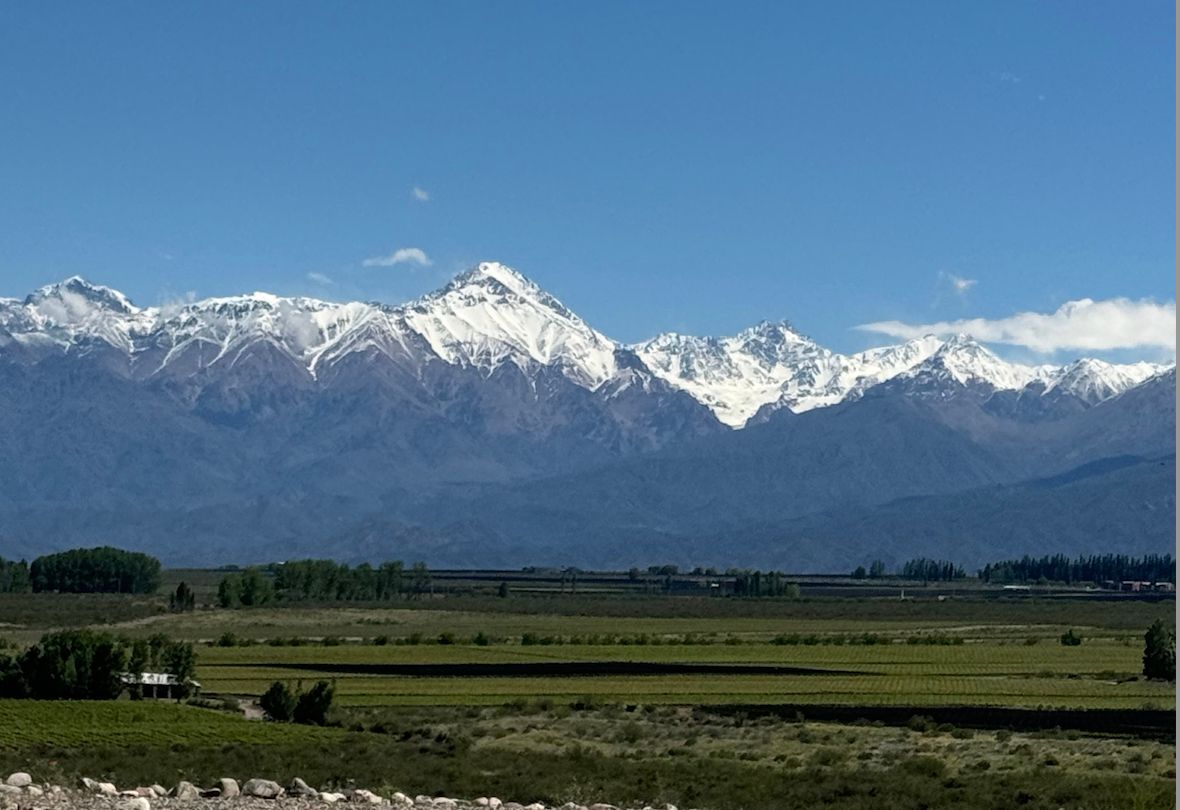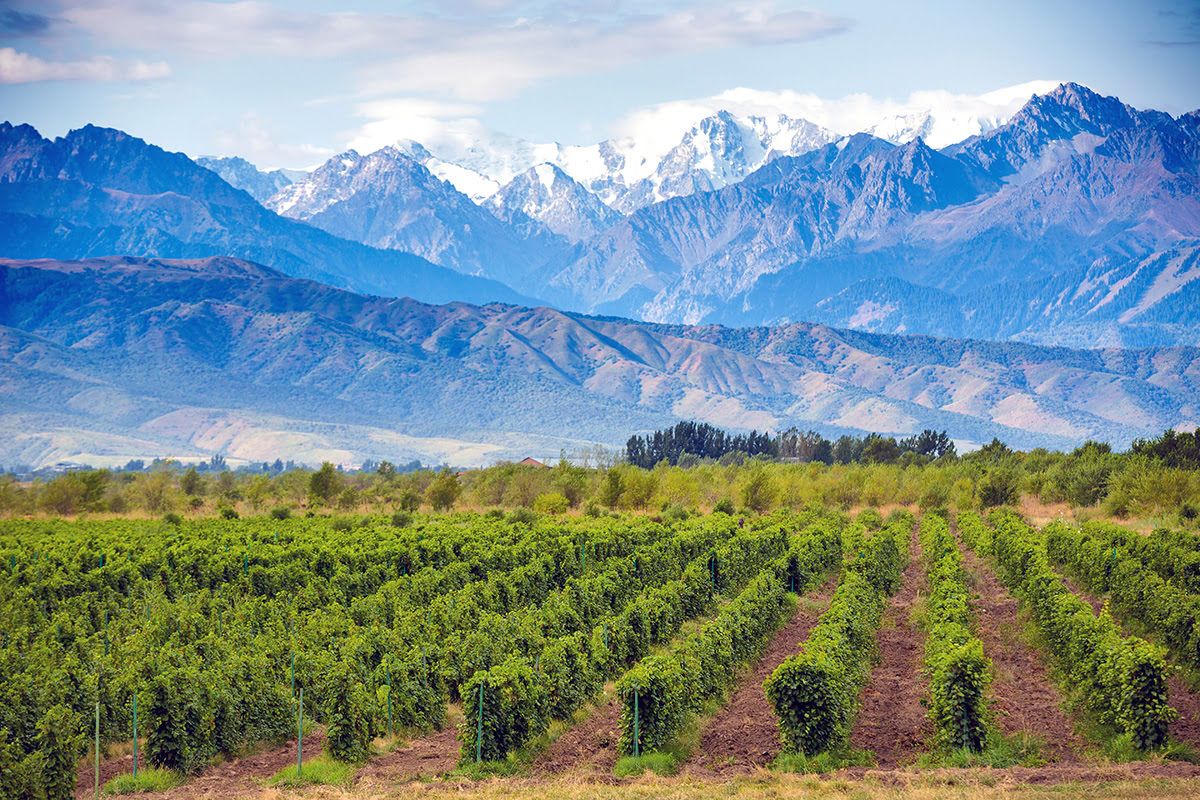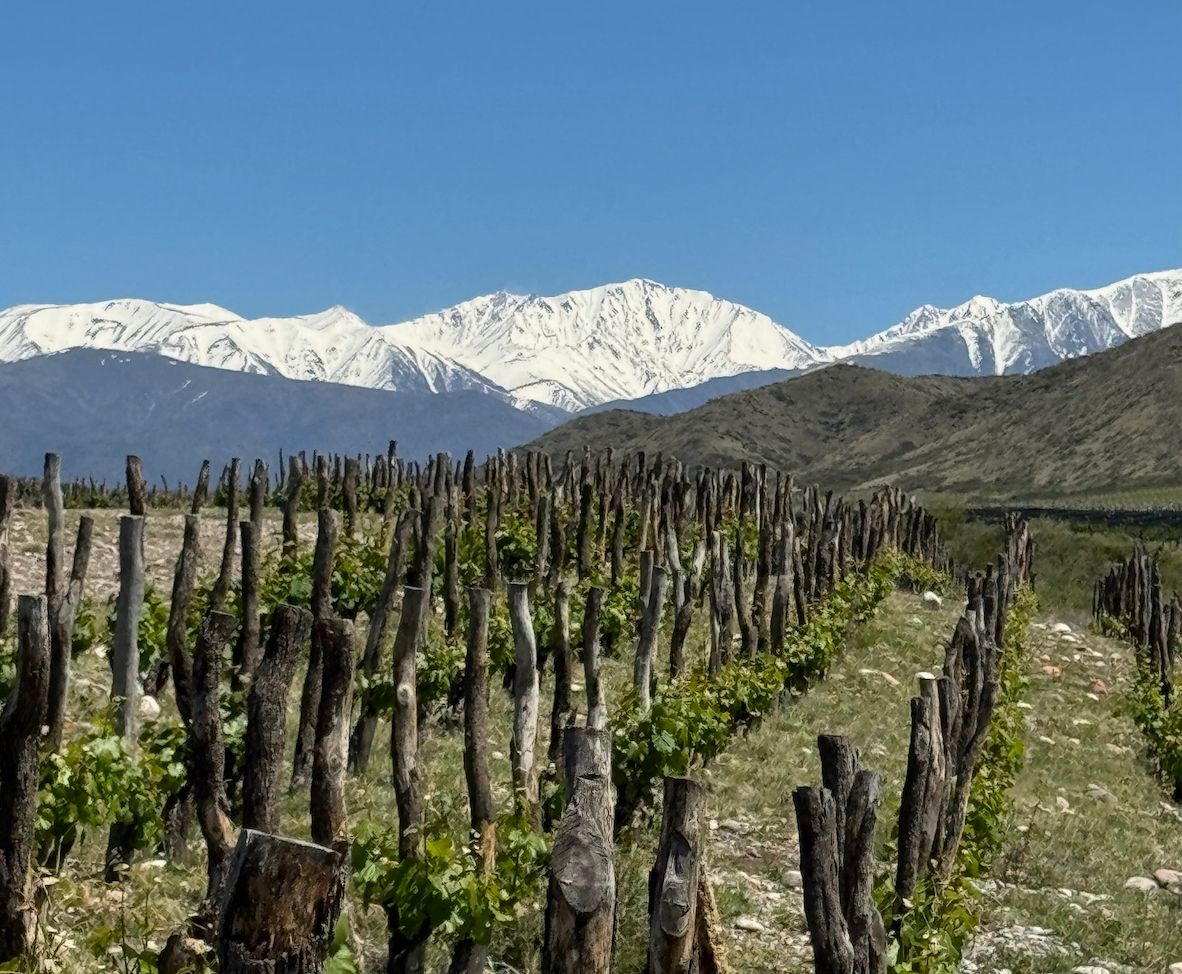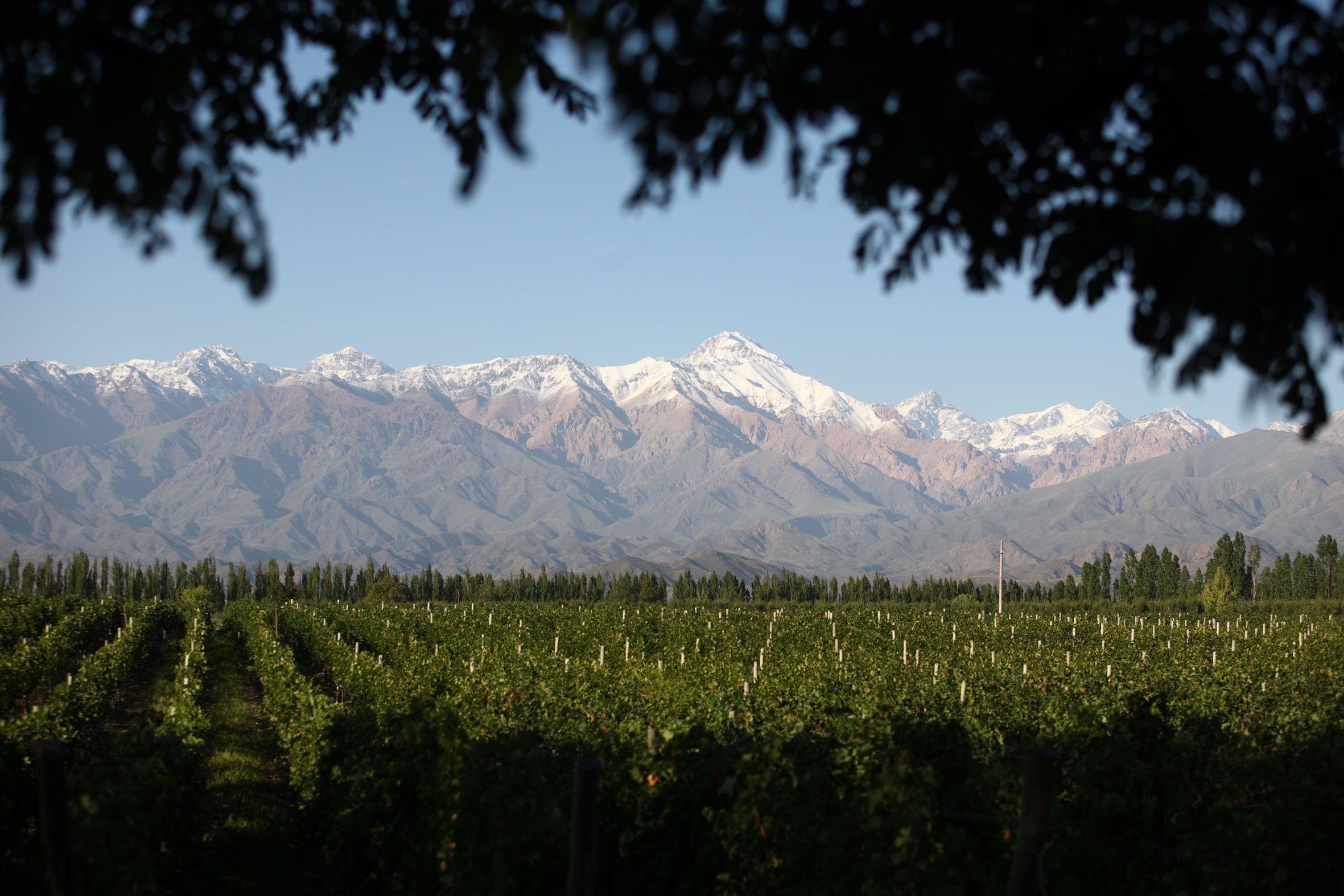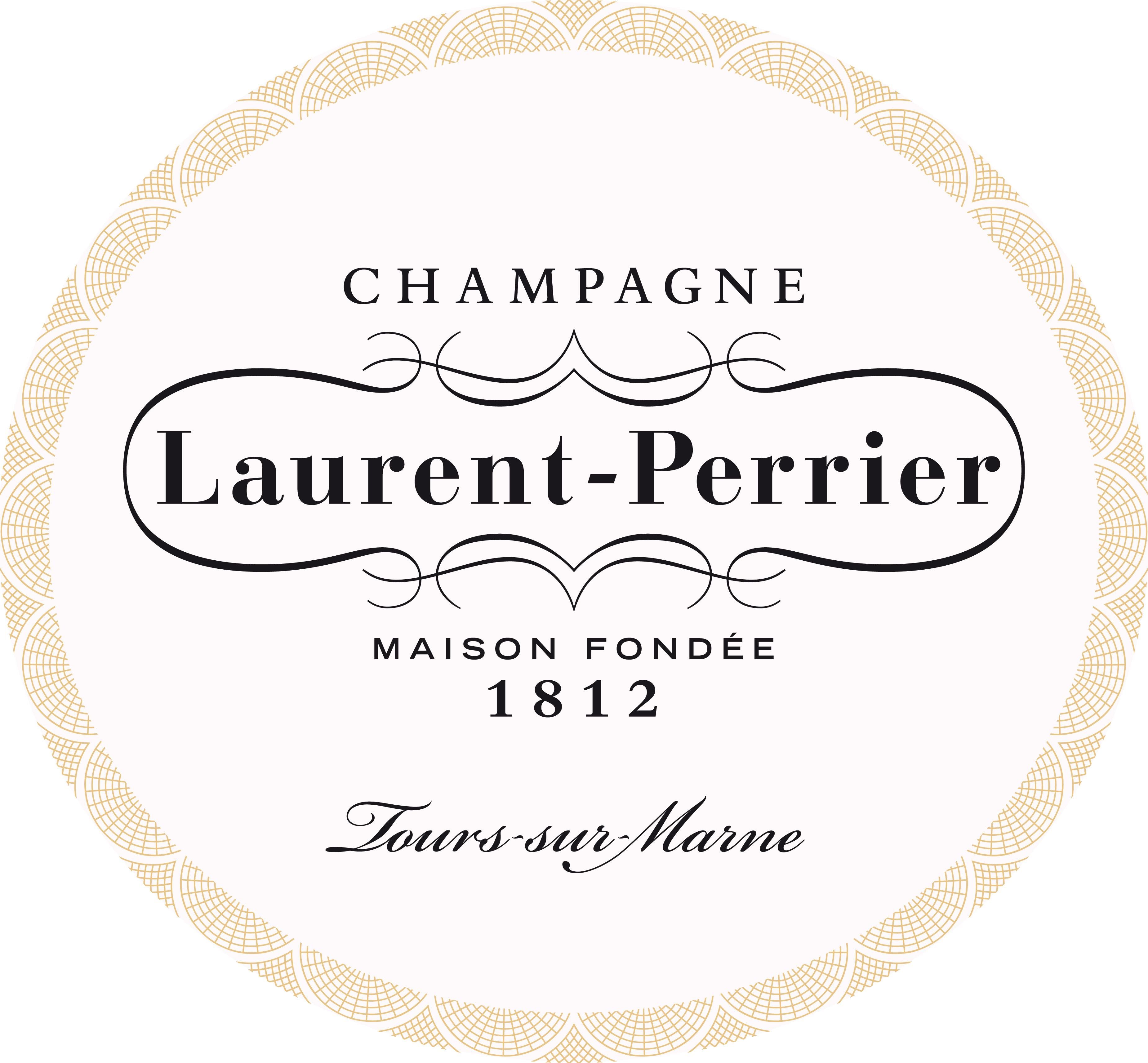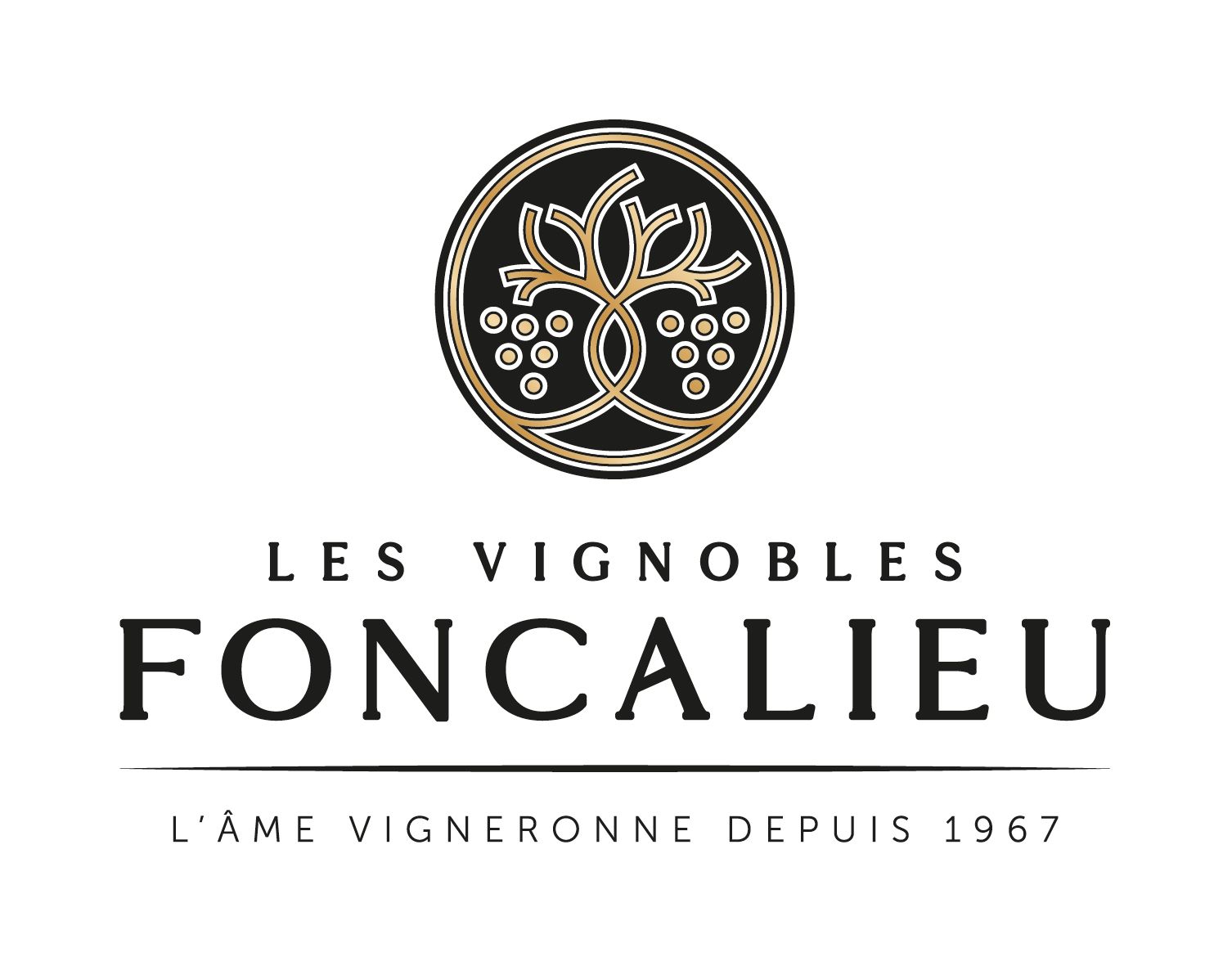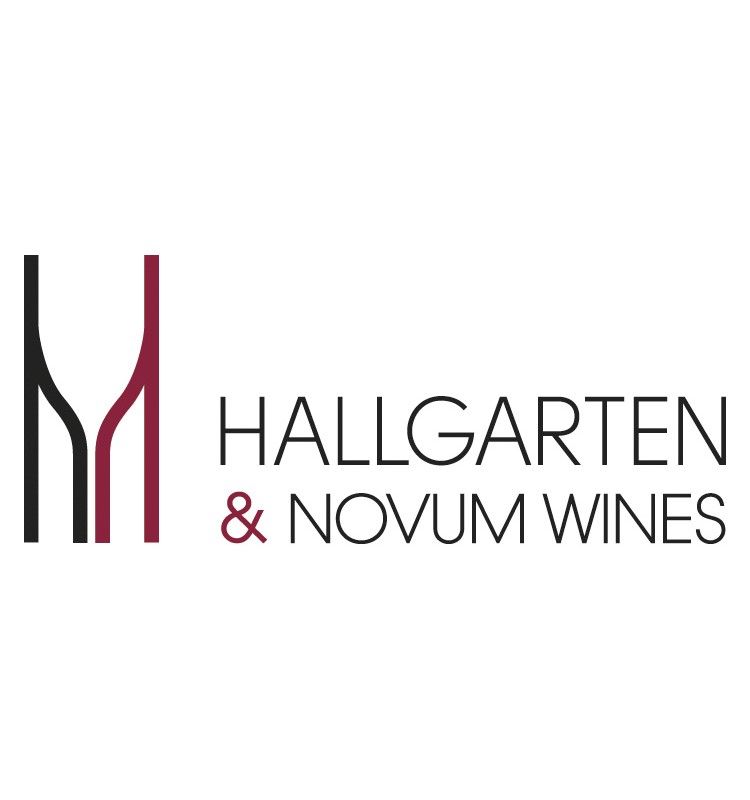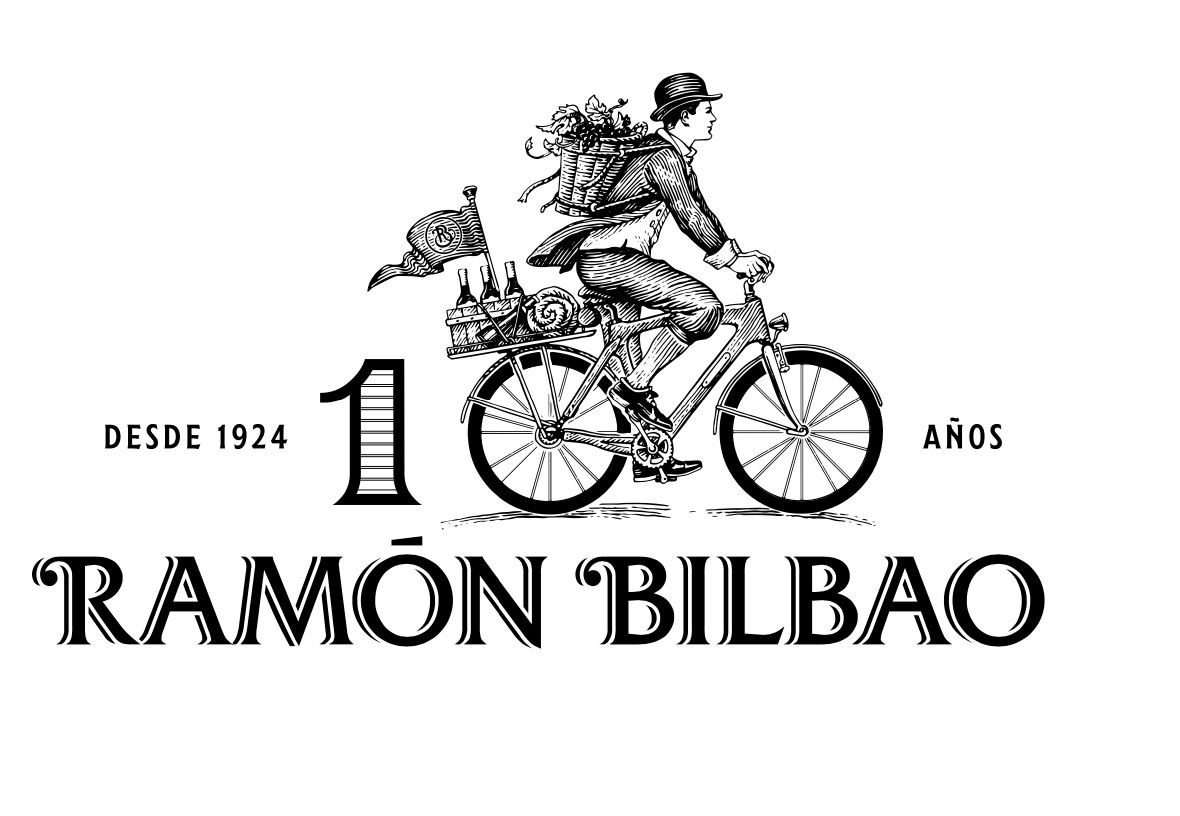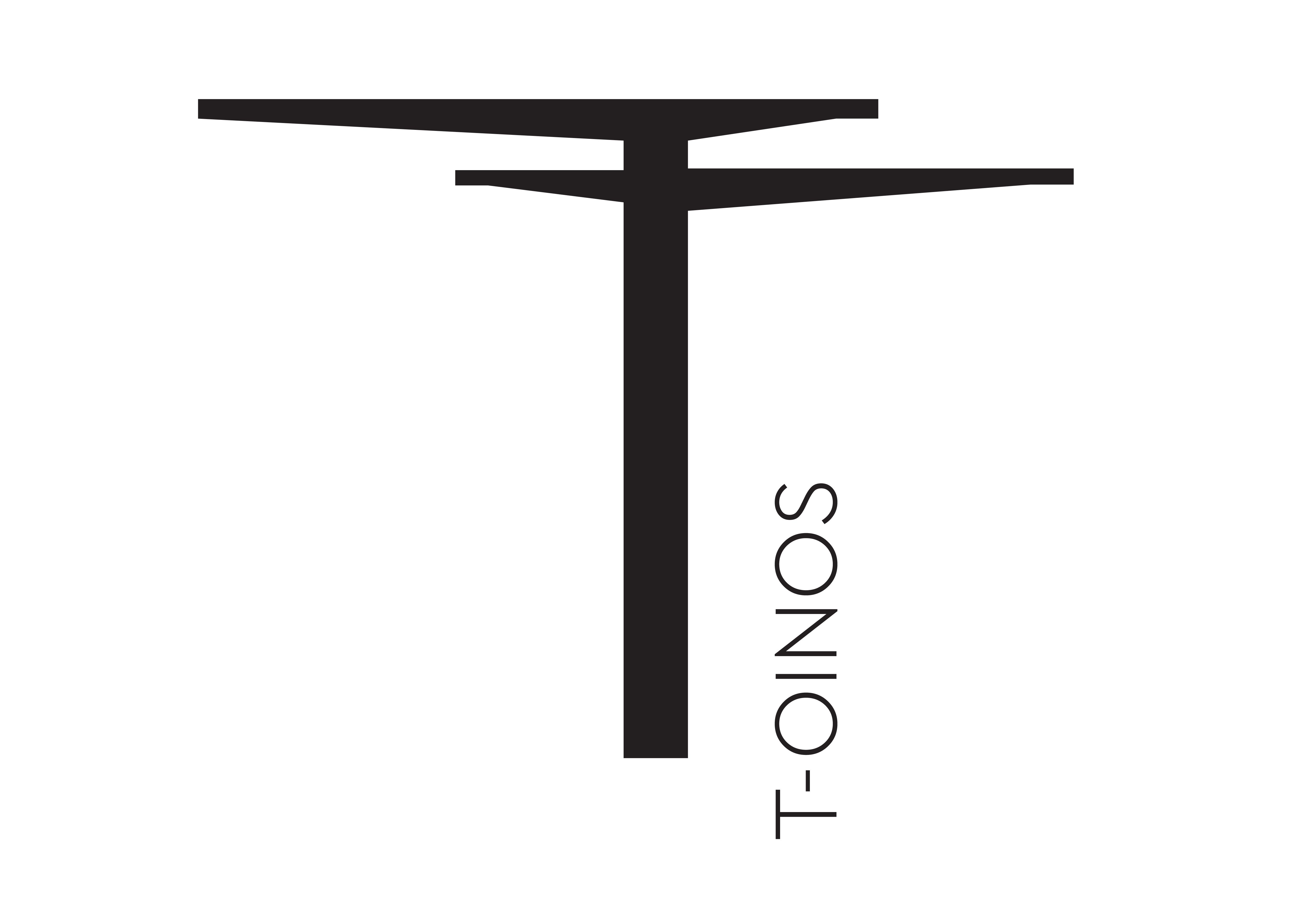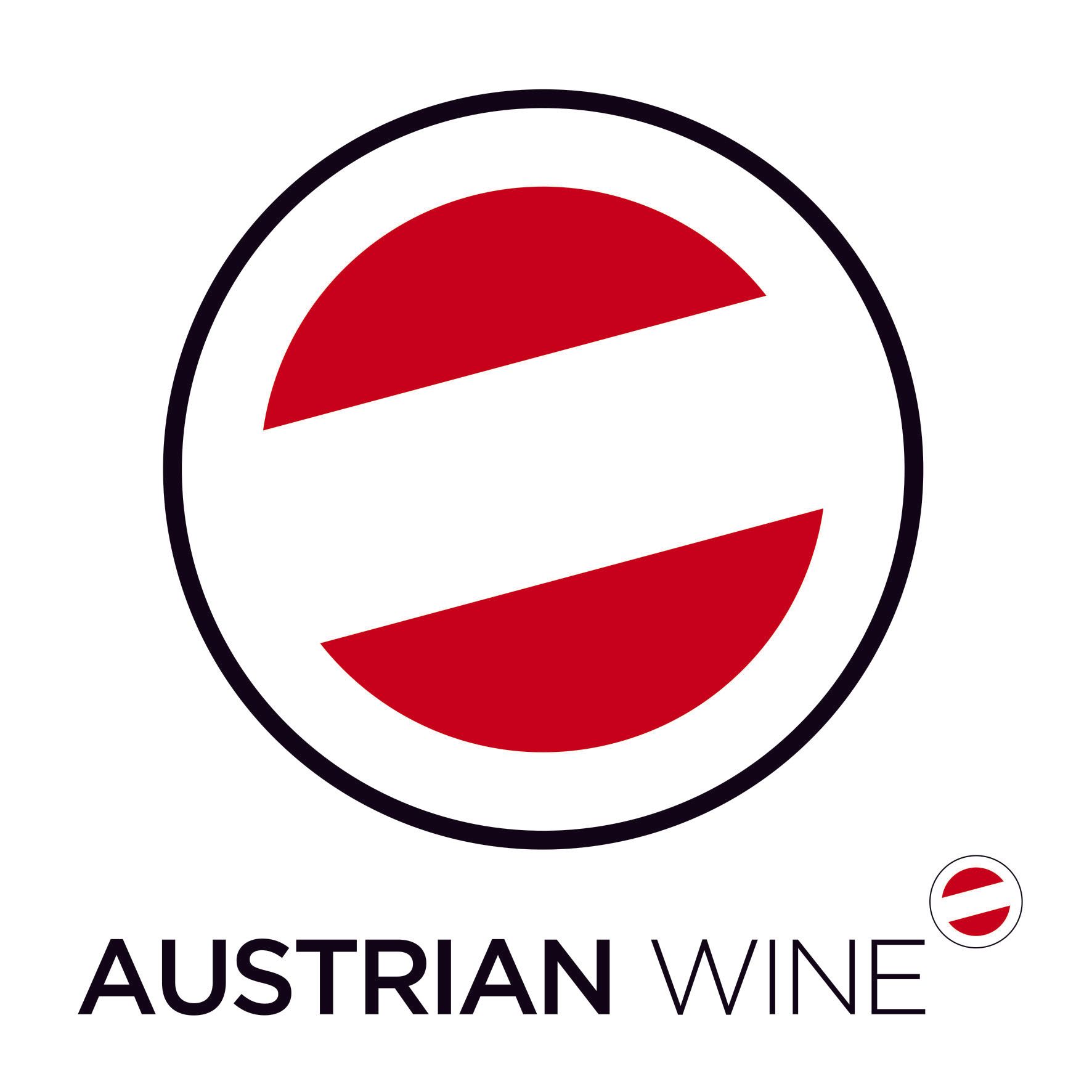“Malbec has evolved over the last 30 years as we have looked for our identity,” says José Galante, Salentein’s chief winemaker. “Malbec has been the inspiration for winemakers to go searching their terroir.”
The turning point was making wine at altitude up in the Uco Valley, in the foothills of the Andes, and being able to fully understand and see the influence that soils, terroir and stones had on the wines and different styles of Malbec, he adds.
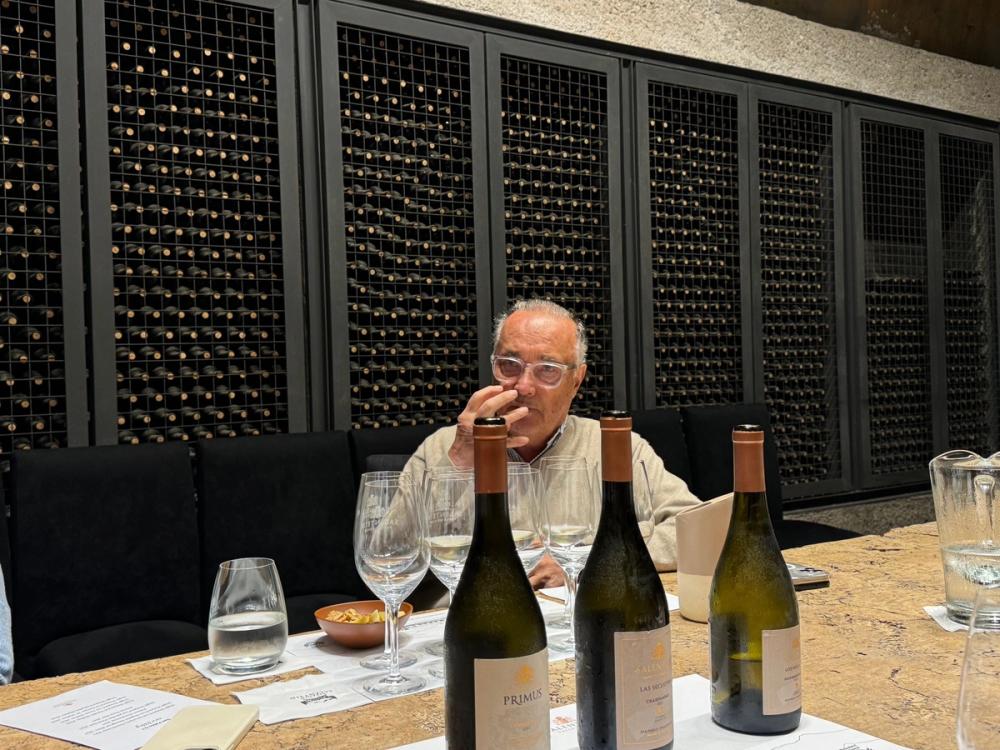
Salentien's head winemaker José Galante says: “Malbec has been the inspiration for winemakers to go searching their terroir.”
“When we started to pay attention to the soils then our minds changed. We started to look at the land for our answers,” says Galente. “How Malbec is so sensitive to altitude, sun exposure and the type of soils it is grown in. How it can change from plot to plot. How micro vinifications can change so much the concentration, texture and tannin in the wine.”
The Uco Valley does not hold all the answers for Malbec, argues Daniel Pi at Bemberg Estate Wines. He believes the Pedernel Valley in the San Juan region is the “greatest place for Malbec in Argentina” and this is where Bemberg is increasingly focusing its work. It’s where, for example, it is making one of its La Lintera wines from the rocky soils and high temperatures of its Finca La Yesca vineyards at 1,250m.
That said, La Lintera from its El Tomillo estate in Gualtallary, in the Uco Valley, is also a great example of a high end Malbec with “such purity of fruit,” says Pi.
Which is what makes modern Malbec winemaking in Argentina so exciting, he adds.
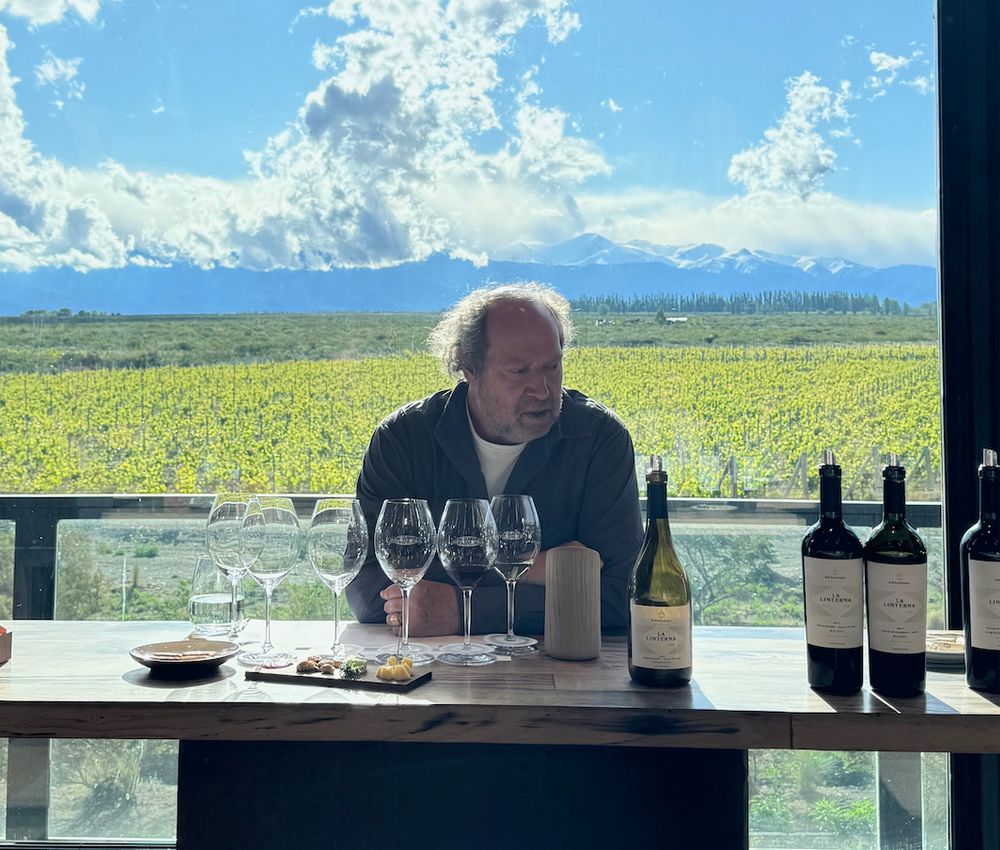
Bemberg's Daniel Pi says winemakers are now looking for freshness, acidity and an ability to age in its Malbecs
“There are now so many changes depending on where it is grown. Different sites mean different styles but overall we are looking for more freshness and acidity and more capacity to age. Before it was all about making rich Malbecs that were easy to drink. Now we are focusing more on the ingredients and less on the sauce and cream on top. We want to get this stunning landscape into our glass.”
Blending success
They were talking as part of a recent press trip to Argentina, organised by Argentine wine consultant, Sophie Jump, that saw extensive visits to a group of leading Argentine producers: Chakana; Catena Zapata; Bemberg; Argento and Otronia; Salentein, Zuccardi and Finca Decero
We found the whilst Malbec might still be Argentina’s number one wine, producers now want to take the learnings from how to make modern Malbecs into their other wines.
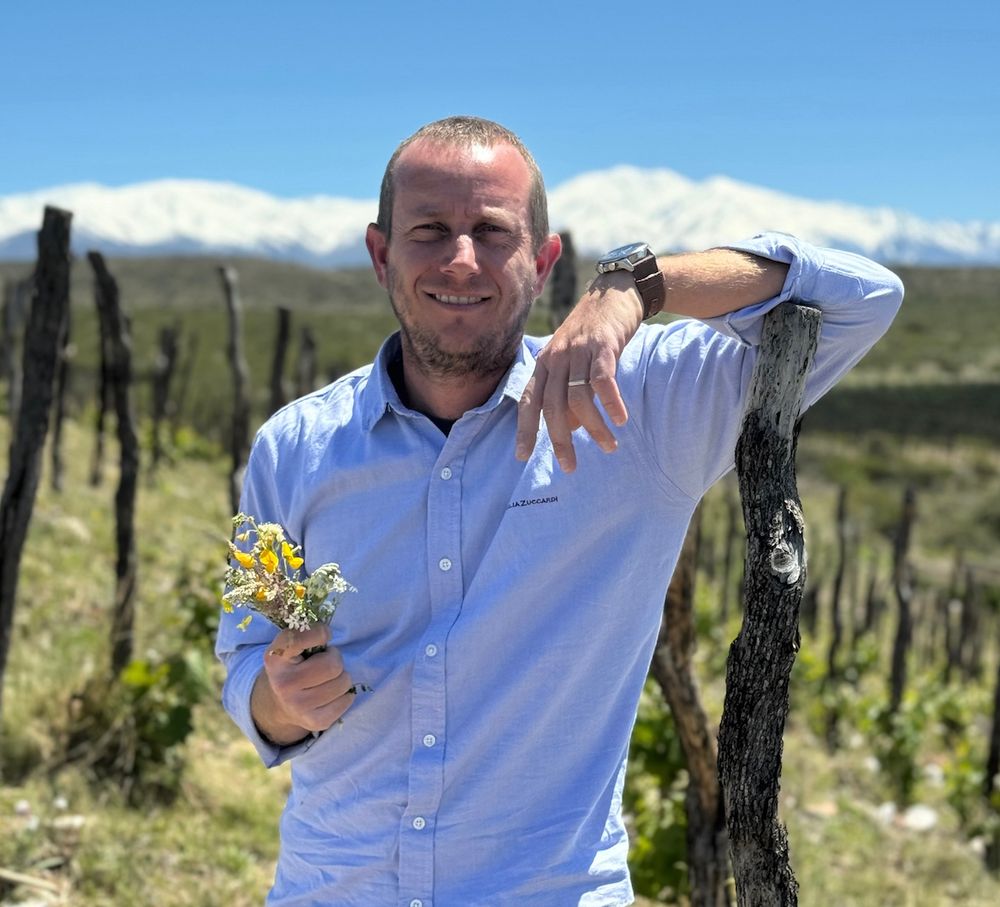
Zuccardi's Martin Di Stefano says Argentina is now more than ready to use the experiences it has had with Malbec to showcase other grape varieties
“Without Malbec no-one would know Argentina, but we now want to be known for other things,” says Martin Di Stefano, chief viticulturist at Zuccardi. “We don’t want to become like Shiraz in Australia,” says Di Stefano. “Malbec chose us. We did not pick it as our only grape to promote.”
After all, if you went back 50 years then Argentina was awash with Sangiovese and other red Italian grape varieties. Malbec has evolved as the country’s major grape variety, but its long-term domination is not guaranteed.
Malbec’s changing role in Argentina means it is also now being used as the signature grape variety in a number of the top class blends now being produced by the major estates.
Wines where the sum of its parts stand out far more than a single varietal can. Wines like Pionero from Bemberg that shows how far the country has come from its Bordeaux roots with a three grape blend of Malbec 78%, Cabernet Sauvignon 15% and Cabernet Franc 7%. A multi-layered elegantly structured wine with lively acidity and fine, grippy but velvety tannins.
Wines that, crucially, you can drink now, but will age for 20 years or more.
Cabernet Franc is a key grape variety to watch with a big increase in vineyard plantings across the main wine regions, but particularly in the Uco Valley. There are now over 4,000 hectares of Cabernet Franc compared to only 400 hectares 10 years ago with producers seeing its potential for both single varietal wines and in blends.
“The quality is there to be seen and what is being made sells quickly,” adds Salentein’s Morales.
Premium focus
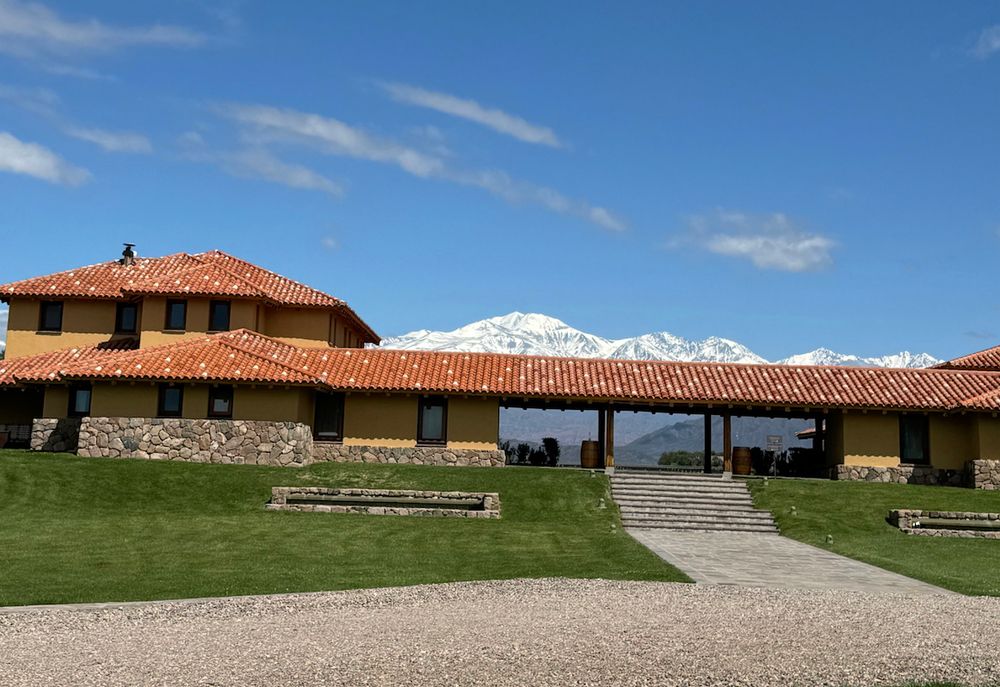
Finca Decero is prepared to wait and only release wines into the market when they are at the optimum quality
Whilst the majority of major producers in Argentina are having to learn new trick and adapt the way they used to make wine, and plant vines, it was particularly interesting to visit Finca Decero,a winery that literally translates as starting from zero, that first started making wine in the mid 2000s. A producer whose philosophy is all about looking to the future rather than be distracted by what has happened in the past.
“It’s a mindset,” says winemaker Tomas Hughes. “We don’t want to be held back by the past and what has happened before. We do not want to compromise what we are doing.”
Its less is more approach is brave, but refreshing, where there is so much pressure to release cash flows by getting wines into the market as quickly as possible.
It too has gone to extraordinary levels to plant the right vines in the right place. Like analysing its terroir and soils to determine the right level of electrical activity to plant particular vines, all with the intention of making elegant, finessed wines, true to where they come from.
Experience
What is particularly striking visiting and talking to each of the producers, enologists, viticulturists and individual winemakers is how widely experienced they all are. These are producers and winemaking teams with decades of vintages between them. Yes, the modern viticultural methods and focus on soil and terroir might be relatively new, but they are based on the knowledge that has come before them.
The senior winemakers and viticulturists helping to shape and make the wines now being produced in Argentina are also now widely travelled, most of whom have done multiple vintages in leading wineries all over the world, particularly in Europe and California.
It is that worldwide know-how combined with the individual, intrinsic detail and understanding of what wines to make in each particular plot of land that is helping to take Argentina and its wines to a whole new level of excellence and quality.
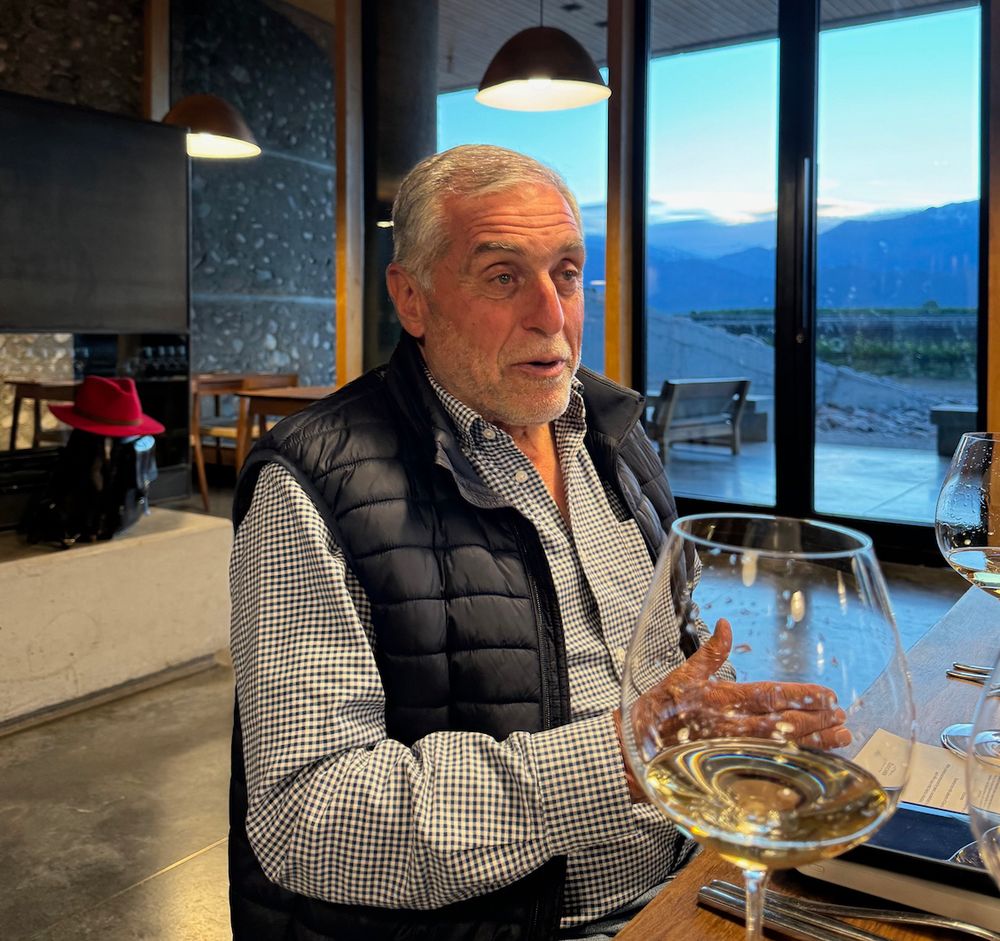
José Zuccardi says it is an inspiration to him to see the how far the next generation of winemakers is taking Argentine wine
José Zuccardi says it is an inspiration for him to see how the next generation of winemakers, of which his son Sebastian is at the forefront, is taking Argentine winemaking to another level of quality and recognition.
In particular, how they have taken the knowledge built up by the previous generations of winemakers, including himself, and now “want to go deeper than ever before”. Literally so in the Uco Valley.
A willingness also to share their successes and learn from each other in how they can make more “precise wines, based on the sense of place”.
“That is a great quality of our people,” he adds. “When we talk about family we talk about the wider group of people who come here and are willing to share. Wine is the way we live,” he explains.
He is speaking in the packed restaurant of the Zuccardi winery, with the Andes as a jaw dropping backdrop behind. Creating experiences like this, backed by gastronomic quality wines, are now key to how Argentina takes both its growing domestic and export markets forward.
* You can read the first report - analysing Argentina's Mountain Wines - in the four part series here.
